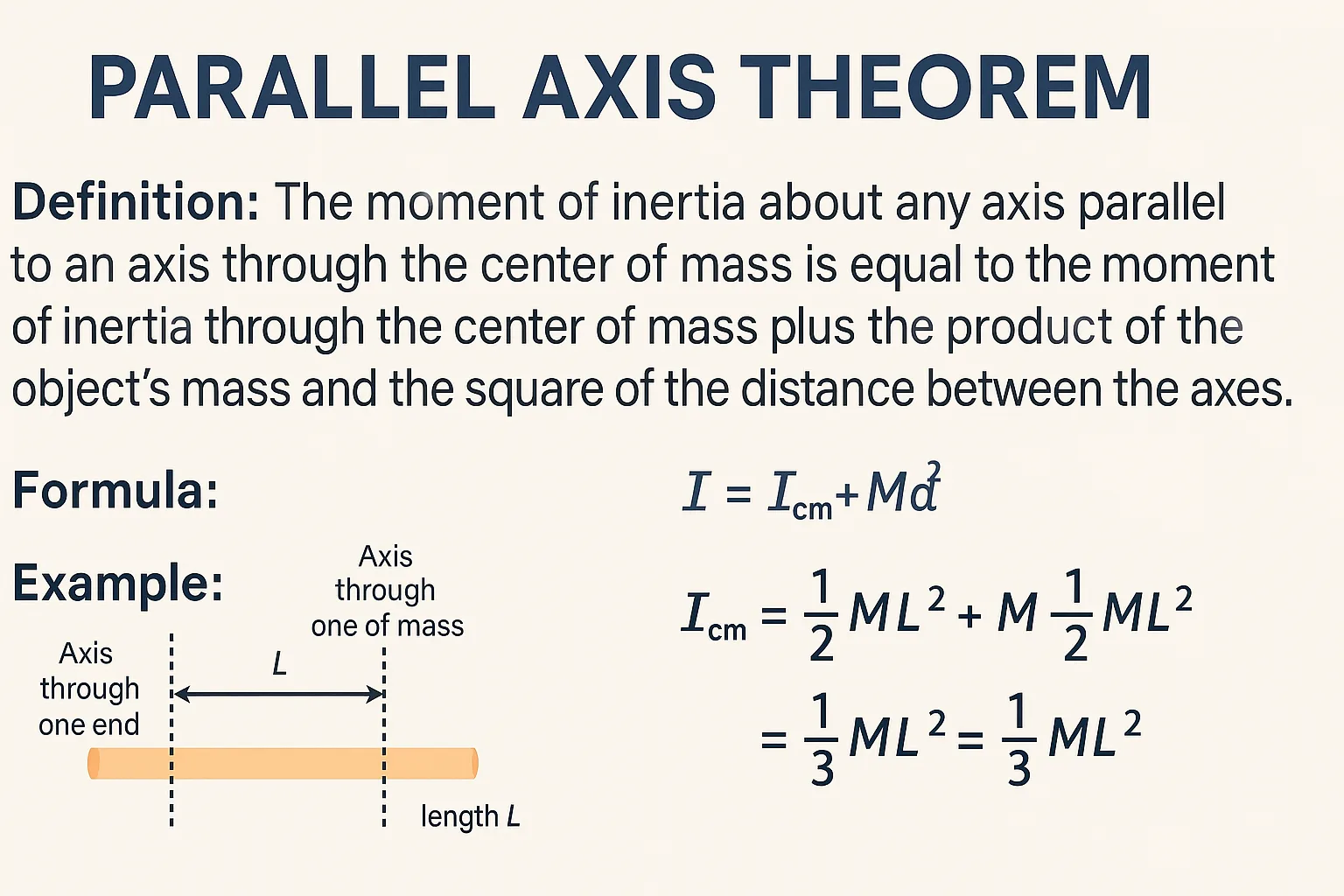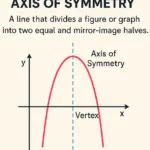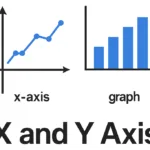The word axis originates from the Latin word axis, meaning “axle” or “pivot.” It has multiple definitions across various fields, including mathematics, science, geography, anatomy, politics, and more. In general, an axis refers to a central line, structure, or concept around which something rotates, aligns, or organizes itself. Below is a detailed exploration of its meanings in different contexts.
Definitions:
Mathematics & Geometry: A fixed reference line for measuring coordinates in a graph or system. (e.g., The x-axis and y-axis in a Cartesian plane.)
Physics & Astronomy: An imaginary line around which an object rotates. (e.g., The Earth rotates on its axis.)
Anatomy: A central structure in the body, such as the second cervical vertebra (C2) or the axial skeleton. (e.g., The spine forms the body’s central axis.)
Geography: The tilt or rotational line of a planet. (e.g., The Earth’s axis is tilted at 23.5 degrees.)
Politics & History: A group of allied nations or forces. (e.g., The Axis Powers in World War II included Germany, Italy, and Japan.)
Business & Economics: A central concept or system around which something is organized. (e.g., The economic axis of a country depends on trade and industry.)
Synonyms:
Pivot
Centerline
Reference line
Spine (anatomy)
Core
Related Terms:
Axial (adjective)
Axle (mechanical component)
Axis of symmetry (mathematics)
Examples in Sentences:
“The artist plotted the graph using the x-axis and y-axis.”
“The Earth completes one rotation on its axis every 24 hours.”
“The company’s success revolves around the axis of innovation and customer service.”
Antonyms for Axis
Disorder
Periphery
Edge
Exterior
Instability
Opposites of Axis:
While an axis represents a stable core, its antonyms include periphery, edge, instability, disorder, and randomness, which describe things lacking structure or a central point. In essence, an axis is more than just a line—it is the foundation that shapes movement, organization, and balance in numerous aspects of life.
X and Y Axis: Definitions, Graphs and Examples
Additional Insights

Parallel Axis Theorem – Definition, Formula, Derivation & Applications

Axis of Symmetry: Definition, Equation, and Real-Life Applications

X and Y Axis: Definitions, Graphs and Examples
Coconut Spanish Translation

Cashew Spanish Translation

Walnut in Spanish Translation

Almond in Spanish – Translation and Meaning

Hazelnut in Spanish – Understanding the Word “Avellana”
